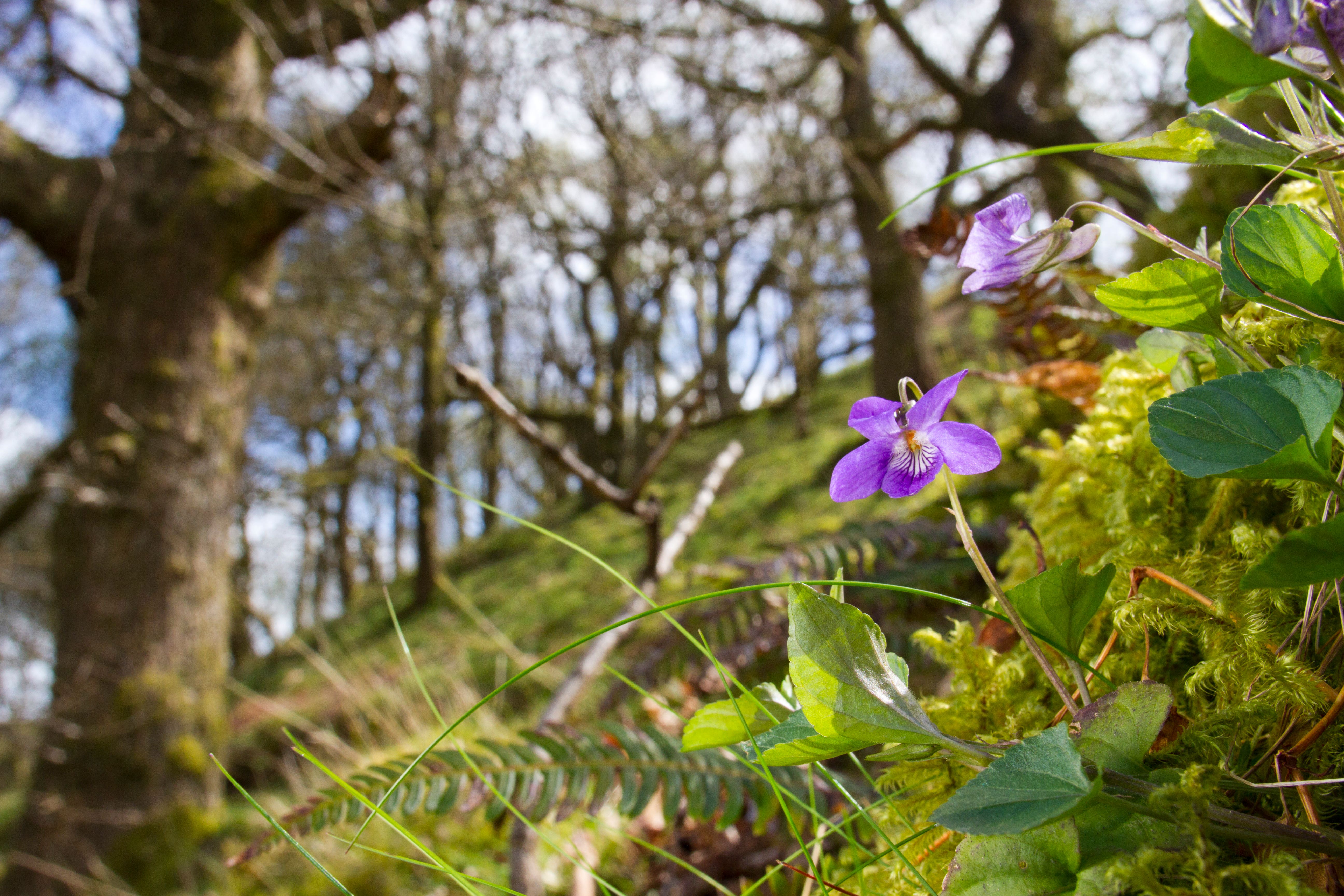Earlier signs of spring are becoming the new norm, Woodland Trust says
The charity runs the Nature’s Calendar scheme which asks citizen scientists to record the signs of the changing seasons.

Your support helps us to tell the story
From reproductive rights to climate change to Big Tech, The Independent is on the ground when the story is developing. Whether it's investigating the financials of Elon Musk's pro-Trump PAC or producing our latest documentary, 'The A Word', which shines a light on the American women fighting for reproductive rights, we know how important it is to parse out the facts from the messaging.
At such a critical moment in US history, we need reporters on the ground. Your donation allows us to keep sending journalists to speak to both sides of the story.
The Independent is trusted by Americans across the entire political spectrum. And unlike many other quality news outlets, we choose not to lock Americans out of our reporting and analysis with paywalls. We believe quality journalism should be available to everyone, paid for by those who can afford it.
Your support makes all the difference.Earlier sightings of the signs of spring – from the first leaves on trees to early butterflies – could be the new norm as the climate changes, conservationists said.
The Woodland Trust runs the Nature’s Calendar citizen science scheme, which gathers sightings of the signs of the seasons from the public.
It says reports of leafing on trees and certain butterflies have come early this year, and there is a general trend of earlier springs.
One of the first trees to come into leaf is the elder tree and for the last five years, records of first leafing collected by members of the public have been earlier than the 20-year average by four to 16 days, the charity said.
This year, which saw the warmest February on record for England and Wales, seems to be following suit, according to the Woodland Trust.
First leafing of other tree species including larch, rowan and oak have been appearing two to three weeks early in 2024.
And the Nature’s Calendar scheme has already received many sightings of brimstone butterflies, one of the first to be spotted each year, about two weeks earlier than expected, the trust said.
Other organisations such as the National Trust and the Royal Horticultural Society have also reported early flowering and blossoming at their sites, although the National Trust said recent cooler weather had slowed the advance of spring in parts of the country.
Over the longer term, the England “spring index” of key seasonal events is now – based on the period 1998-2022 – running around 8.9 days in advance of the average for the period 1891-1947.
Change has happened very quickly which is why the best option to help wildlife would be to slow it down– by reducing CO2 emissions and by planting more trees
The spring index is calculated from average dates of the first flowering of hawthorn, first flowering of horse chestnut, first appearance of an orange tip butterfly and first sighting of a swallow, and also draws on Nature’s Calendar data.
Dr Judith Garforth, citizen science officer at the Woodland Trust, recorded elder first leaf on February 20 in North Yorkshire and said spring is spreading north rapidly.
“Whilst the sighting of an elder in leaf was a very welcome glimmer of spring after all the grim wet weather, it was much earlier than I’d expect, especially this far north.
“Overall though, the general trend is continuing with spring arriving earlier and becoming something like the new norm.
“Our data provides the clearest evidence of a changing climate affecting wildlife.”
The conservation charity warns that earlier springs can mean wildlife food chains become “mismatched”, such as early oak leafing leading to an earlier peak in moth caterpillars, which may affect the breeding success of blue tits that feed their young on them.
And insects can emerge too early in the spring before there are many flowers blooming to provide sufficient food resources for them, Dr Garforth said.
She warned: “Change has happened very quickly which is why the best option to help wildlife would be to slow it down– by reducing CO2 emissions and by planting more trees.”
She added: “We must continue to monitor this ever-important data we receive to keep tracking nature’s response.”
The Woodland Trust is asking for more volunteers to become citizen scientists and contribute sightings to Nature’s Calendar, to contribute to a biological record stretching back nearly 300 years and help scientists track changes.
People can visit: naturescalendar.woodlandtrust.org.uk to find out more about the scheme and take part.